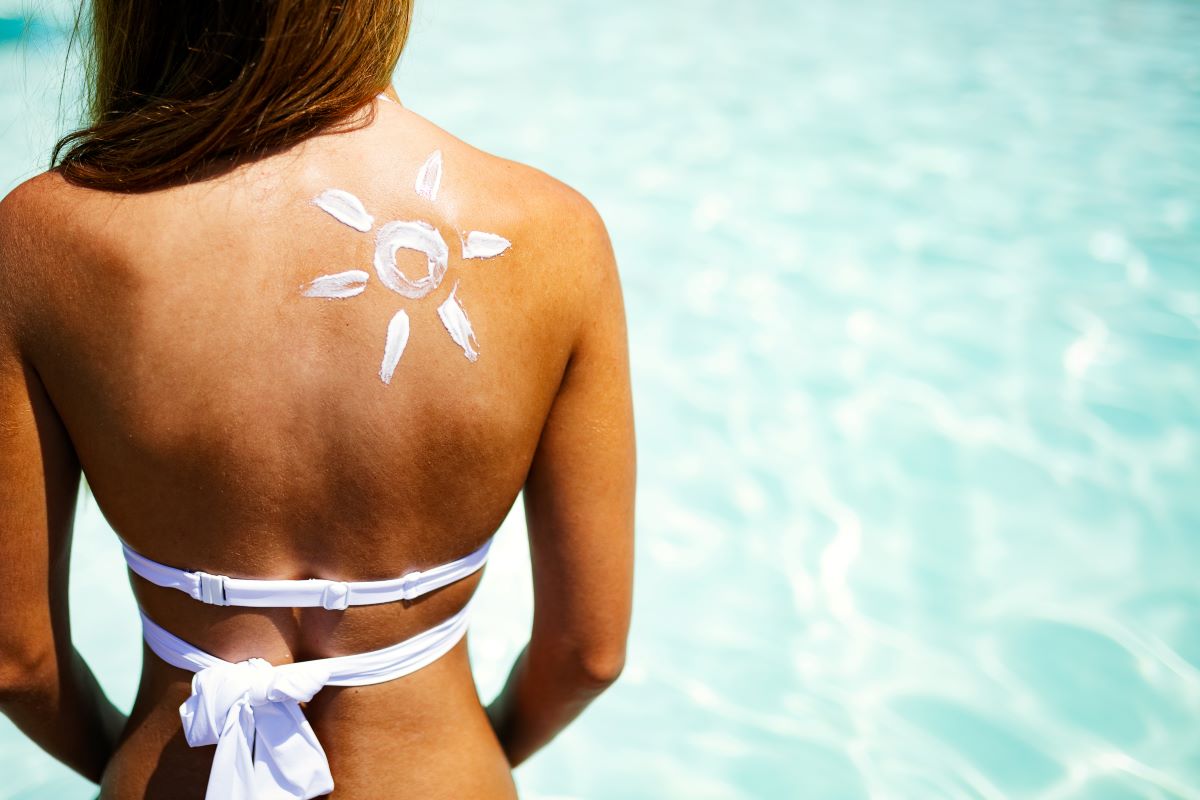
When summertime arrives, it’s best to be prepared!
The warm weather and beautiful sunny days make for long days outside. Did you know that spending too much time in the sun can be hazardous? If you don’t apply sunscreen regularly when your skin is exposed, you are putting yourself at serious risk.
Sun-safety has been ignored for far too long in exchange for perfectly tanned skin. Getting that beautiful shade can be all too tempting, but Skin Cancer can be one of the consequences of this. The harsh reality is that the sun’s ultraviolet rays increase your risk of developing skin cancer. Most people are not aware of this risk.
What is Skin Cancer?
Skin Cancer can be defined as an unusual growth of skin cells that commonly develops in areas that are frequently exposed to the sun. Although it can appear on other areas of the body as well. The CDC breaks Skin Cancer down into three main types:
- Squamous Cell Carcinoma: Squamous Cells are found on the top layer of your skin. It often looks different on everyone, but usually the skin changes to be thicker and wart-like.
- Basal Cell Carcinoma: Basal Cells produce new skin cells as we shed off our old ones. This type is commonly found on the head or neck and is most recognizable as a transparent bump.
- Melanoma: Melanocytes produce a brown pigment called melanin which gives the skin its brown or tan colour that protects the skin from the sun. This cancer is caused by a tumour that forms which usually changes colour.
All three of these types are caused by sun exposure. There are other forms of Skin Cancer as well. However, these are most common in the summertime.
What causes it?
Skin cancer is often dismissed because people don’t think it will happen to them. Although it’s more common than people think. According to the Skin Cancer Foundation, 1 out of 5 Americans will develop skin by the age of 70. Two of the most common causes are the ultraviolet (UV) rays from the sun and UV rays from tanning beds. Not wearing sunscreen can be detrimental to your and your children’s health.

Sun exposure is the biggest risk factor for Skin Cancer. It accounts for being the cause of 70% of all cases. The Canadian Centre for Occupational Health and Safety says that skin pigment and the ability to tan come into play. People with paler skin tones who suffer from sunburns more easily are more likely to get it. Frequently exposing the skin to the sun unprotected increases the risk of contracting Skin Cancer later in life.
What are the signs?
If spending the sunny afternoons in the pool or frequenting the tanning bed salon are some of your favourite pastimes, it’s a good idea to check your body for visible damage such as:
- Growing moles or lumps on the skin; even ones without colour
- Spreading colour around the site of a mole
- Sores cuts that are not healing as fast as usual
- Small scratchy patches that commonly appear on the head, neck or hands
Don’t forget that early detection is crucial to receiving a favourable prognosis. Talk to your doctor about any suspicious moles and skin concerns.
What are ways to prevent it?
Here are some tips to help you prevent Skin Cancer:
- Buy waterproof sunscreen. Water-resistant sunscreen will not have the same effect. Waterproof sunscreen provides 80 minutes of protection, while the other lasts only 40 minutes.
- Switch up your swim schedule to earlier in the morning or late in the evening. The sun’s most harmful UV rays are in effect from 10 a.m. to 4 p.m.
- Apply sunscreen 20-30 minutes before hopping in the pool. Make sure to cover all exposed body parts including the face, neck and feet.
- Apply sunscreen again after drying off because you can wipe sunscreen off when using your towel.
- Consider an alternative chlorine cleaning system. Chlorine can strip the UV properties of sunscreen.
Being prepared and catching it earlier reduces the risks of complications. By following the tips listed above, you can stay safe and have fun this summer!

